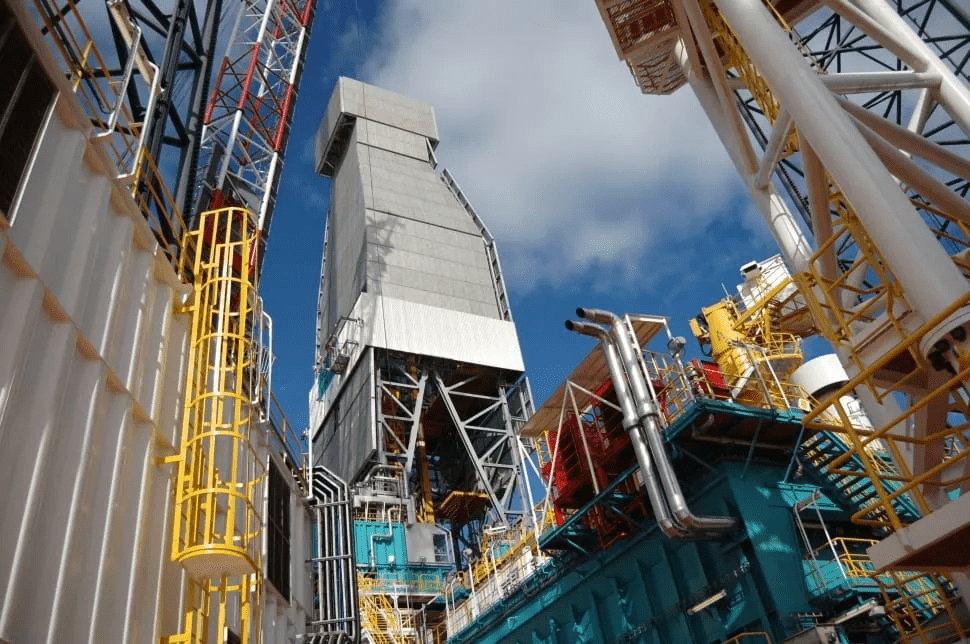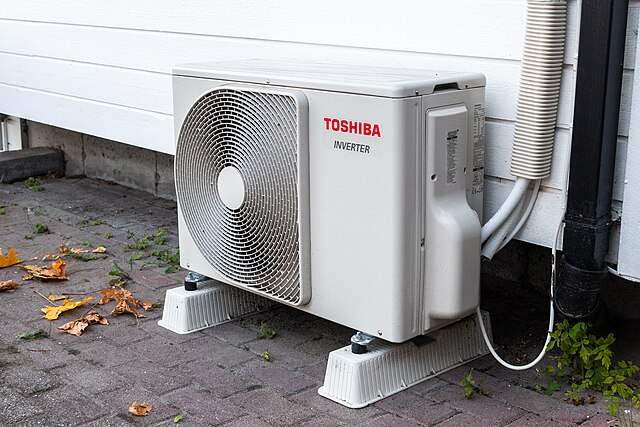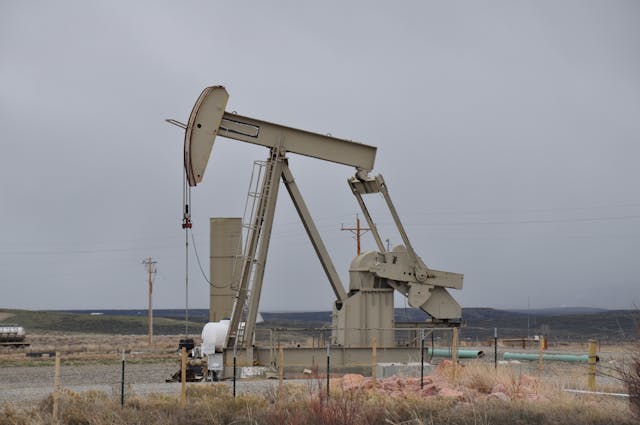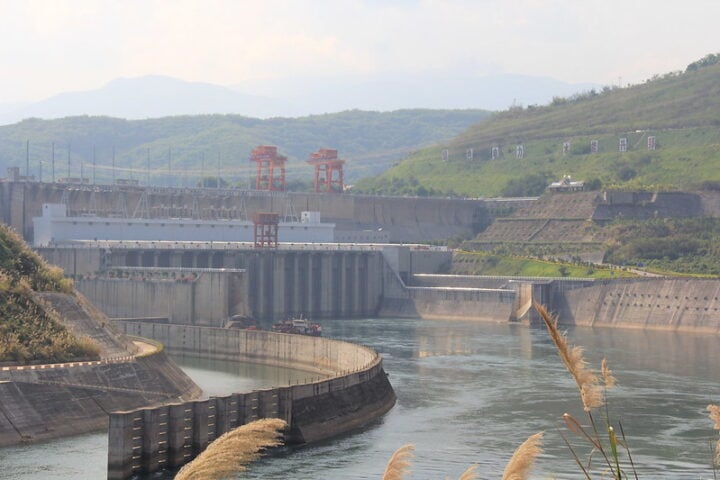According to the International Energy Agency‘s latest report, global oil demand is expected to reach an all-time high of 101.7 barrels per day, with China accounting for nearly half of that figure. The agency anticipates a slowdown in oil supply growth to only 1 million barrels per day. The CEO of Saudi Aramco, the largest oil company in the world responsible for producing 10% of the global crude oil supply, is concerned about the future of oil supplies and the record high global oil demand. The current market conditions including China’s economic slowdown and the aviation industry’s recovery from the Covid-19 pandemic have suppressed demand, but this is expected to change soon. Amin Nasser fears that the world may not have sufficient spare capacity to handle the shift, which could result in oil interruptions. Nasser stated that the current spare capacity is helping to mitigate interruptions, but he is uncertain about the mid to long term as the spare capacity dwindles, leaving no capability to handle any short or long-term interruptions.
As a major player responsible for 10% of the world’s crude oil production, Aramco has the ability to pump a maximum of 12 million barrels of crude per day, with plans to expand that capacity by another million barrels. Despite these efforts, CEO Amin Nasser expresses concern about meeting growing demand in the mid to long term. The latest report from the International Energy Agency predicts that global oil demand will reach a new high of 101.7 million barrels per day, with China accounting for nearly half, while oil supply growth is forecasted to slow to only 1 million barrels per day in 2023.
Despite Aramco’s efforts to increase production capacity, CEO Amin Nasser believes that the investment is insufficient to meet the growing demand and offset declining supply. He emphasizes the need for global investment in the energy sector to fulfill the increasing demand for oil. The trend of decreased investment in hydrocarbons, due to the shift towards decarbonization and government regulations, has led to calls from Saudi Arabia and its OPEC partners for simultaneous investment in both hydrocarbons and the energy transition, to avoid future shortages.
The impending supply-demand balance could drive up oil prices. Maarten Wetselaar, CEO of Cepsa, recently forecasted a return to triple-digit crude oil prices in H2 2023. As of mid-day in London, front-month Ice Brent crude futures were trading at $87.36 per barrel.
Amin Nasser highlights the impact of a recovering aviation industry and the reopening of China’s economy, which will add to the already growing demand for oil. He notes that there is currently 2 million barrels of spare capacity, but with the expected increase in demand, additional investment is needed to prepare for the future. Nasser emphasizes that the recovery of the economy, without any recessions, will further require more supply, making investment even more crucial.


















